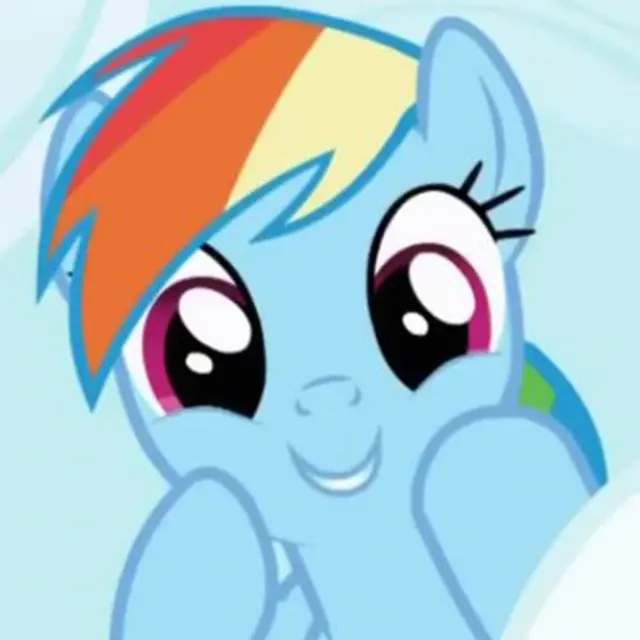

These shenanigans are likely illegal in the EU:
- All products have to offer a minimum of 2 years of warranty, including access to online services on the same terms as sold. If they can’t afford 2 years of servers, then they shouldn’t’ve made the basic service free from the beginning.
- Collecting excessive personal data (not personally identifiable, just personal) without prior approval by the user, like data about whether a user would pay or not, is a GDPR violation.
If people got serious, they’d be looking at some lawsuits and fines.
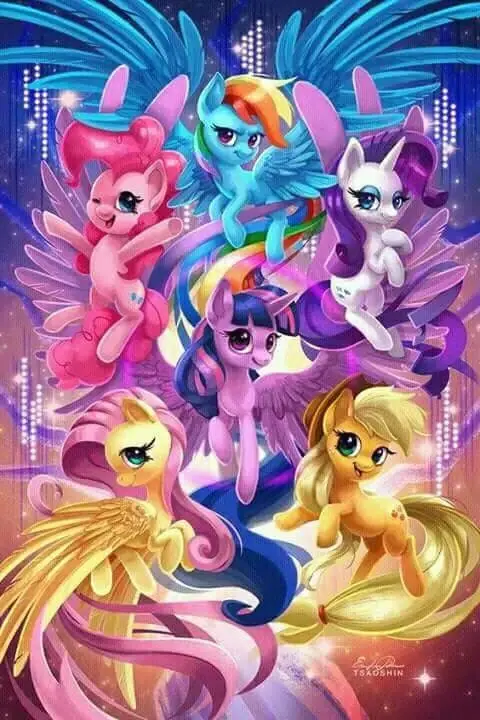
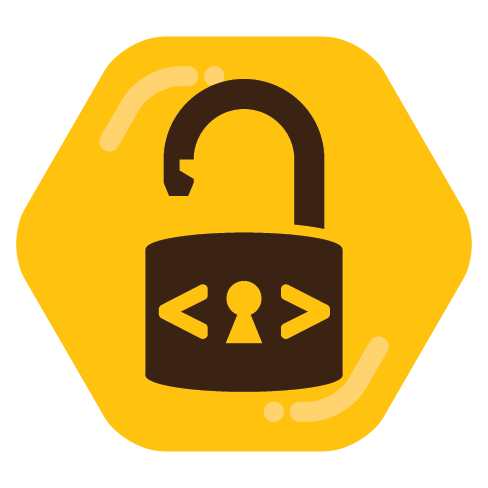
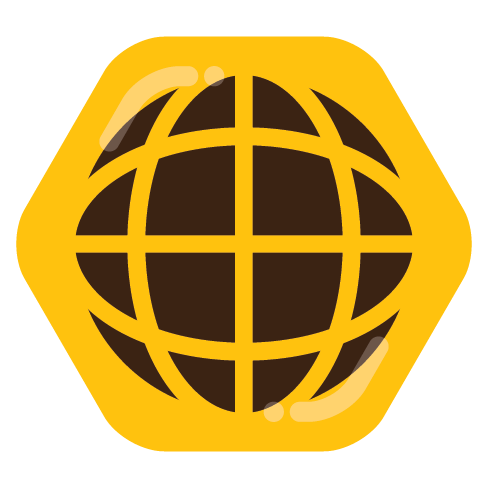



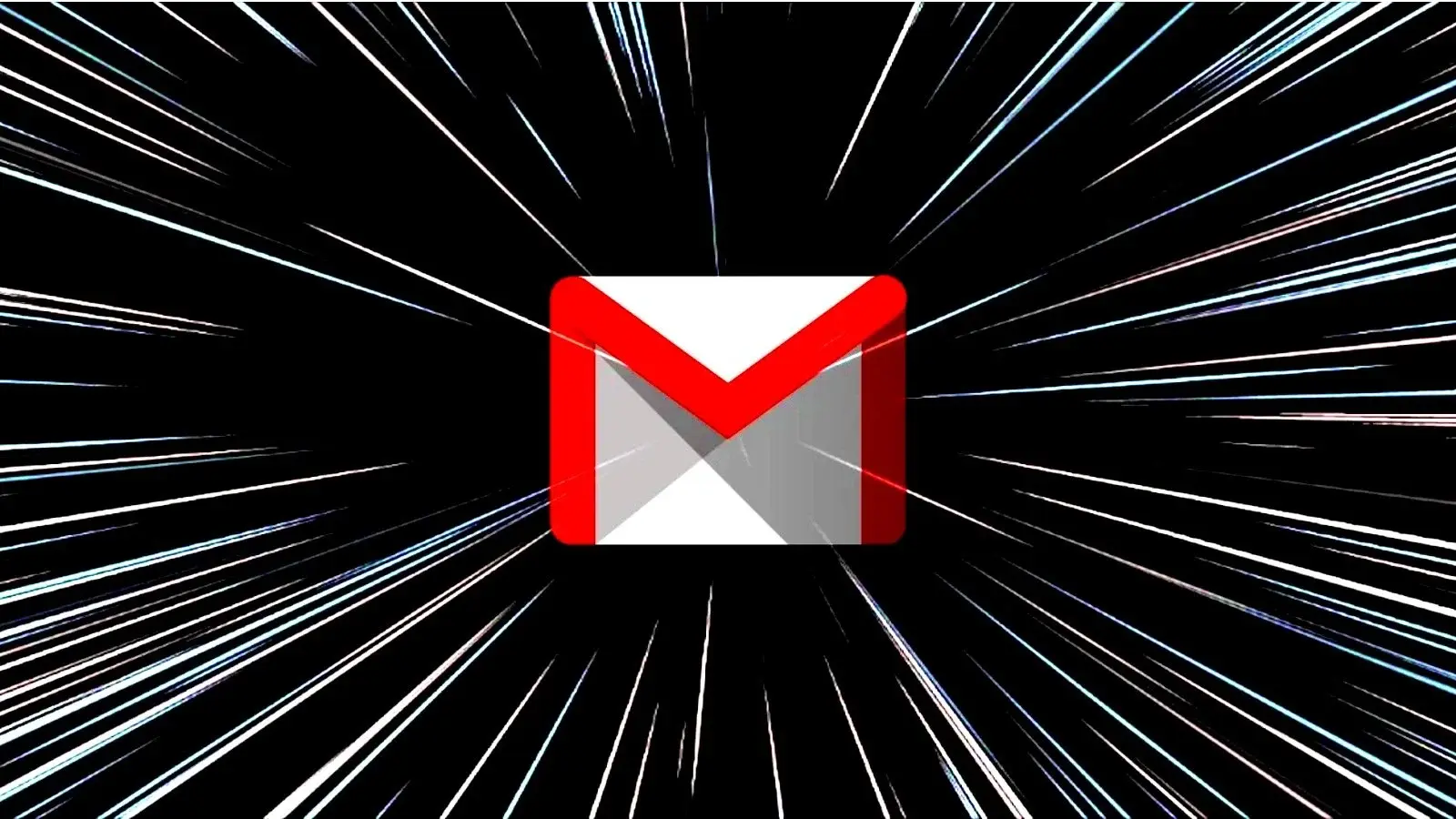
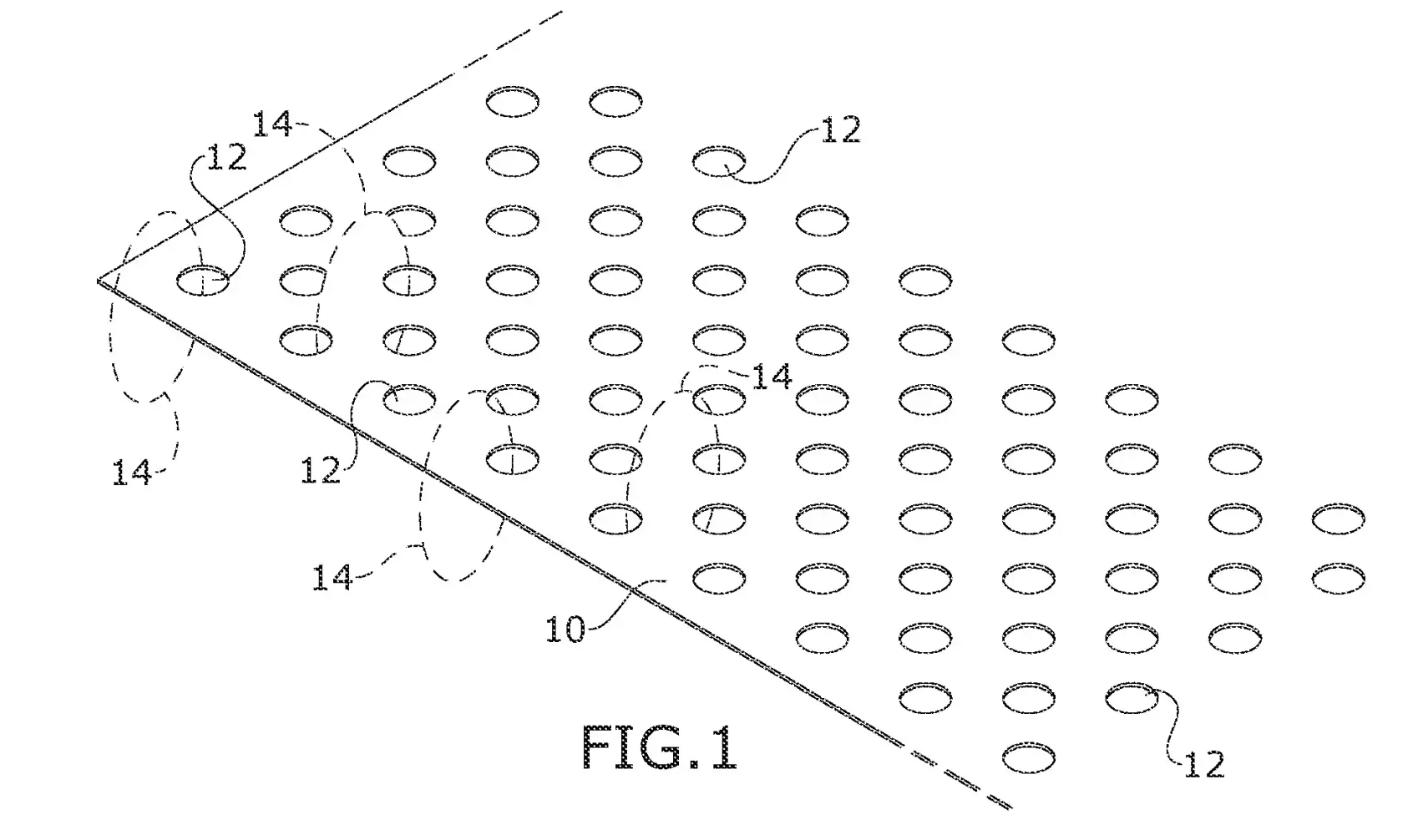
“When facing the evil, the lawful neutral stands below the chaotic good.”
Peaceful protests are a great idea, up to a point.